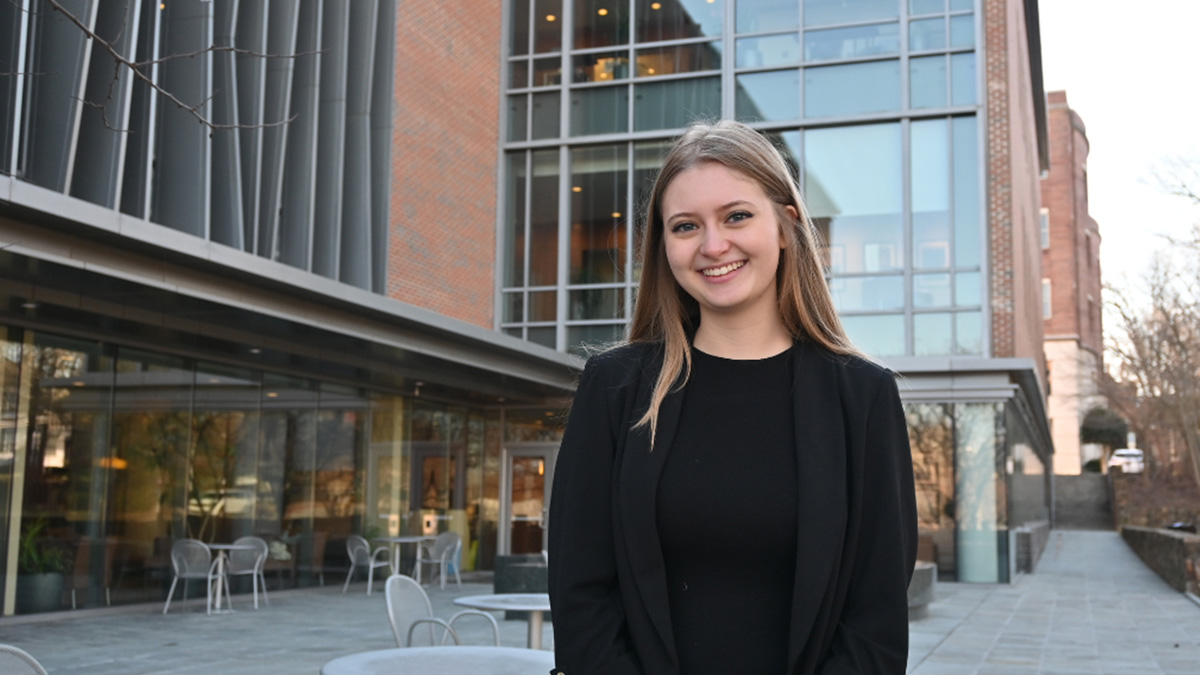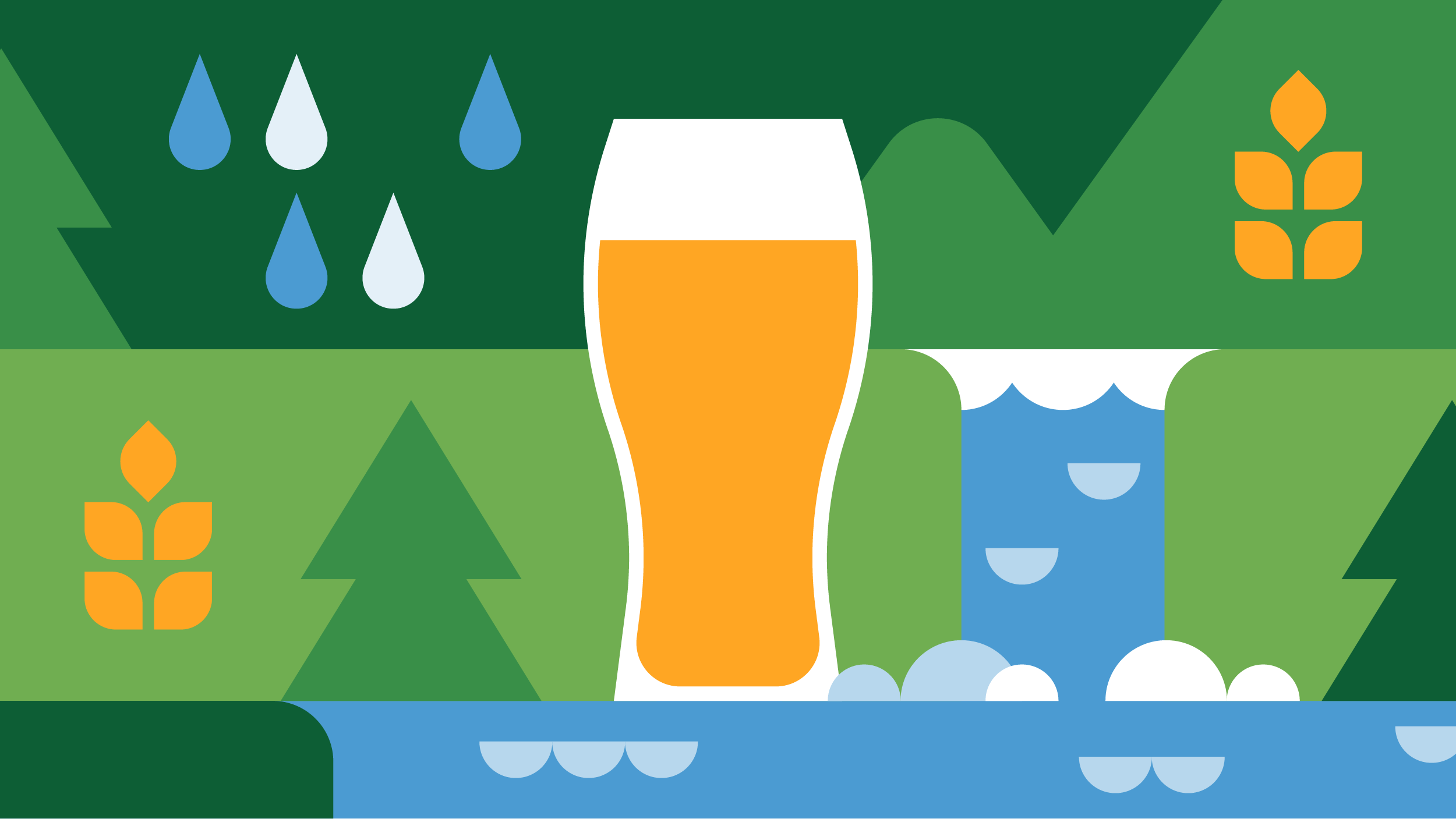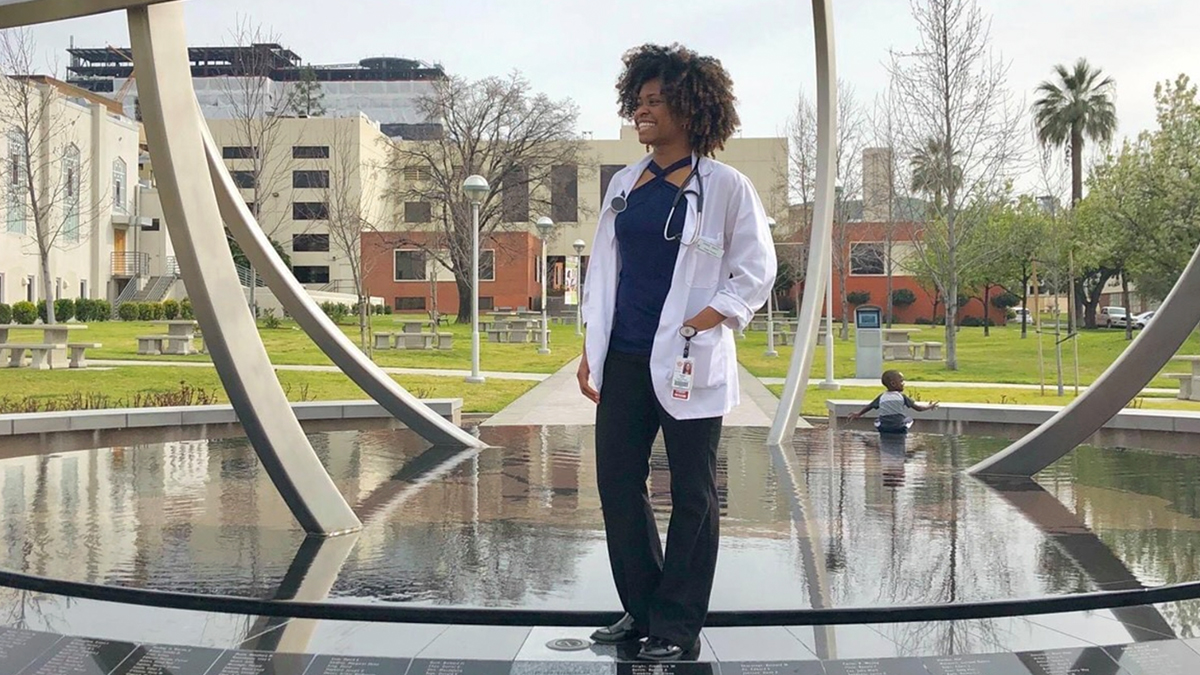Pharmacy looks back at its tools of the trade
Prescriptions, doctor’s bags and other artifacts at the UNC Eshelman School of Pharmacy show changes in the profession over 125 years.
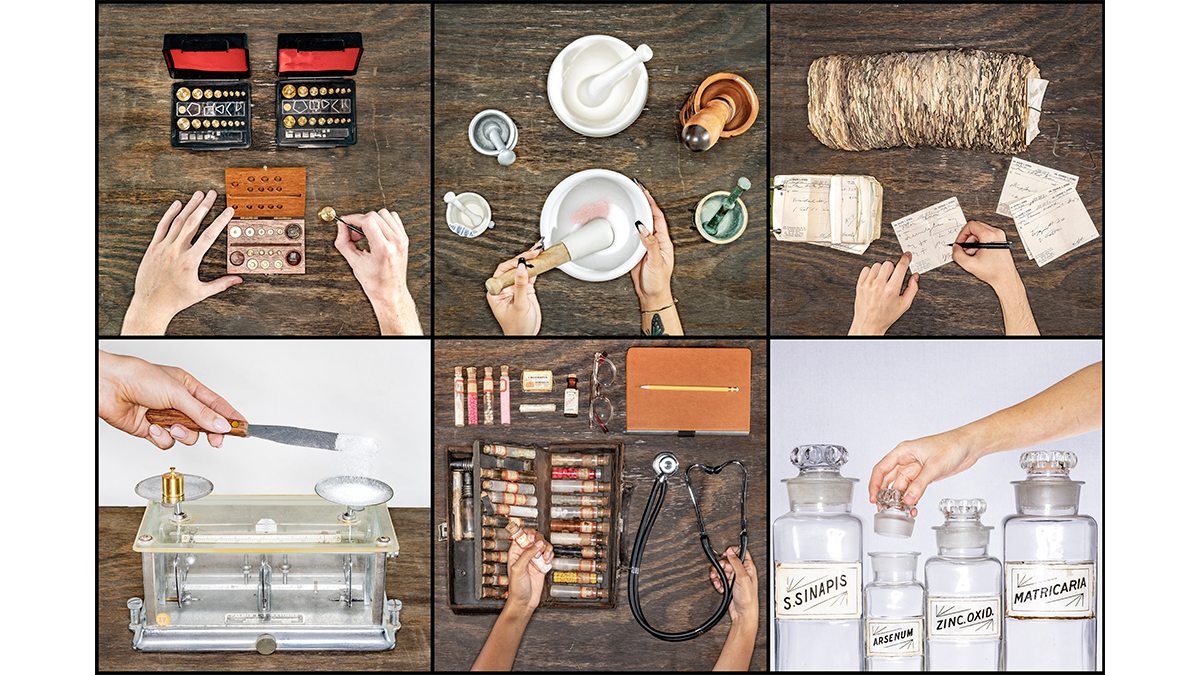
As the only public school of pharmacy in North Carolina and one of the oldest in the nation, UNC Eshelman School of Pharmacy has a long history of serving the state, the country and the pharmaceutical sciences through groundbreaking research, drug discoveries, innovations and new treatments.
For 125 years, the school has been crucial in helping move the field forward.
“As we celebrate this milestone, we look at just how far we’ve come thanks to advances in equipment, science, technology and research,” said Dean Angela Kashuba. “From a school of just 17 students and one instructor in 1897 to the No. 1 pharmacy school in the country, we are proud to have been a part of more than a century of service to the people of North Carolina and beyond.”
A display case filled with historical pharmacy equipment in the Eshelman School of Pharmacy is a reminder of just how much the field has changed since the school opened. The collection was created through equipment donations from alumni and pharmacists throughout the state.
Robert Shrewsbury has seen four decades of some of the advances firsthand. Shrewsbury joined the faculty in 1980, and 42 years later, he is still teaching and inspiring future pharmacists as an associate professor in the practice advancement and clinical education department and as the head of all compounding courses at the school.
In honor of the UNC Eshelman School of Pharmacy’s anniversary, Shrewsbury re-examined the pharmaceutical artifacts at the school and discussed how the tools of the trade were used and how they’ve changed over the past 125 years.
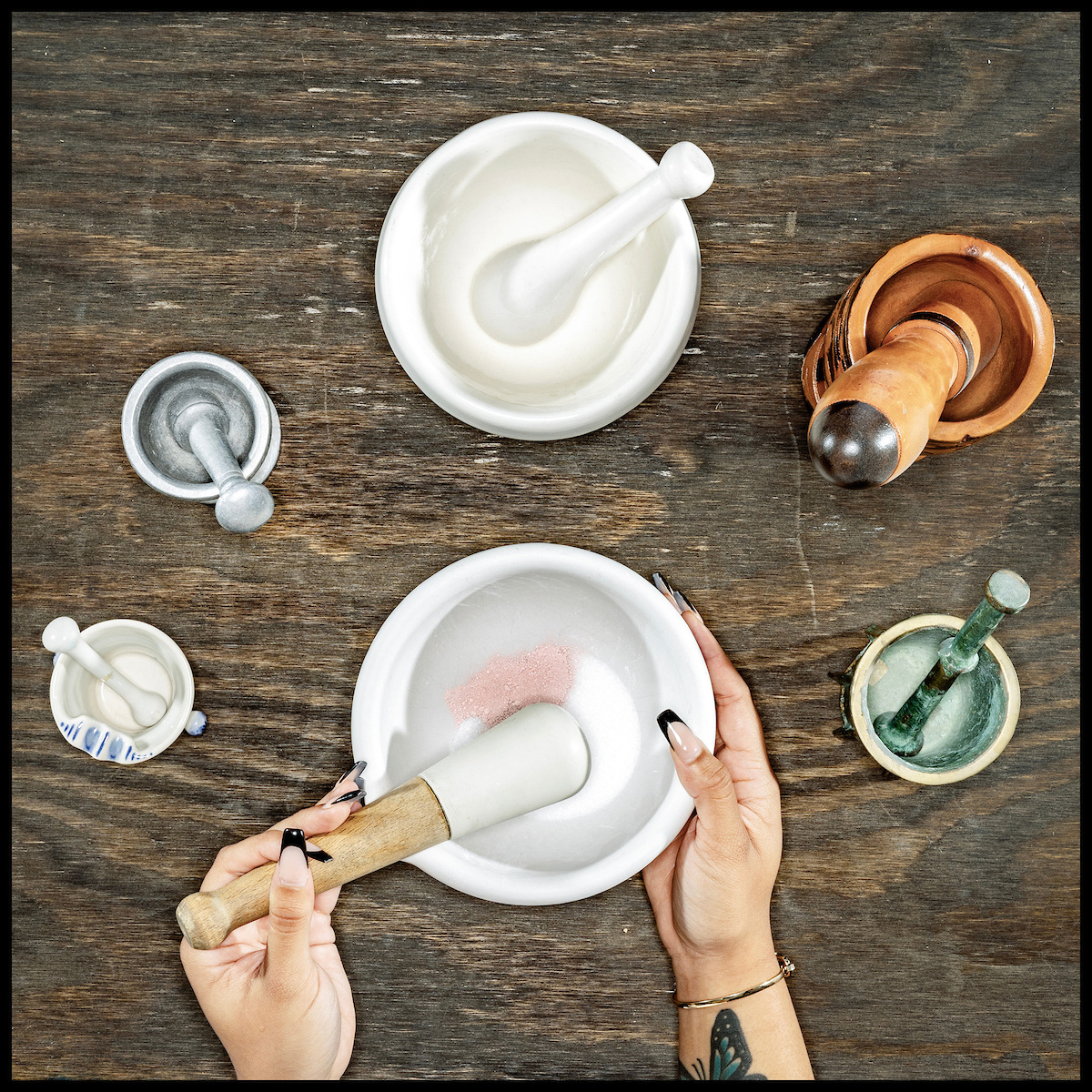
“Mortars and pestles are used to reduce the particle size of powders. There are different types — from porcelain to glass to Wedgwood for different types of crystals from hard to soft, or for just mixing solutions. Glass mortars and pestles were smooth, so they were used mainly when blending liquids or if you were putting a very fine powder into a liquid. Porcelain mortars are rough, so they’re used when dealing with harder crystals. The Wedgwood ones had a texture that was kind of in between those other two, so they were used for making emulsions and light creams. Some mortars and pestles were just decorative.
“Although still used today, they have primarily been replaced by EMPs (electronic mortar and pestles) and ointment mills. On the manufacturing side, there are many types of blenders and mixers now used to reduce particle size. Nowadays, depending on how much is needed, they might mix in a 400- or 800-gallon drum using general manufacturing procedures without the use of the smaller mortars and pestles.”
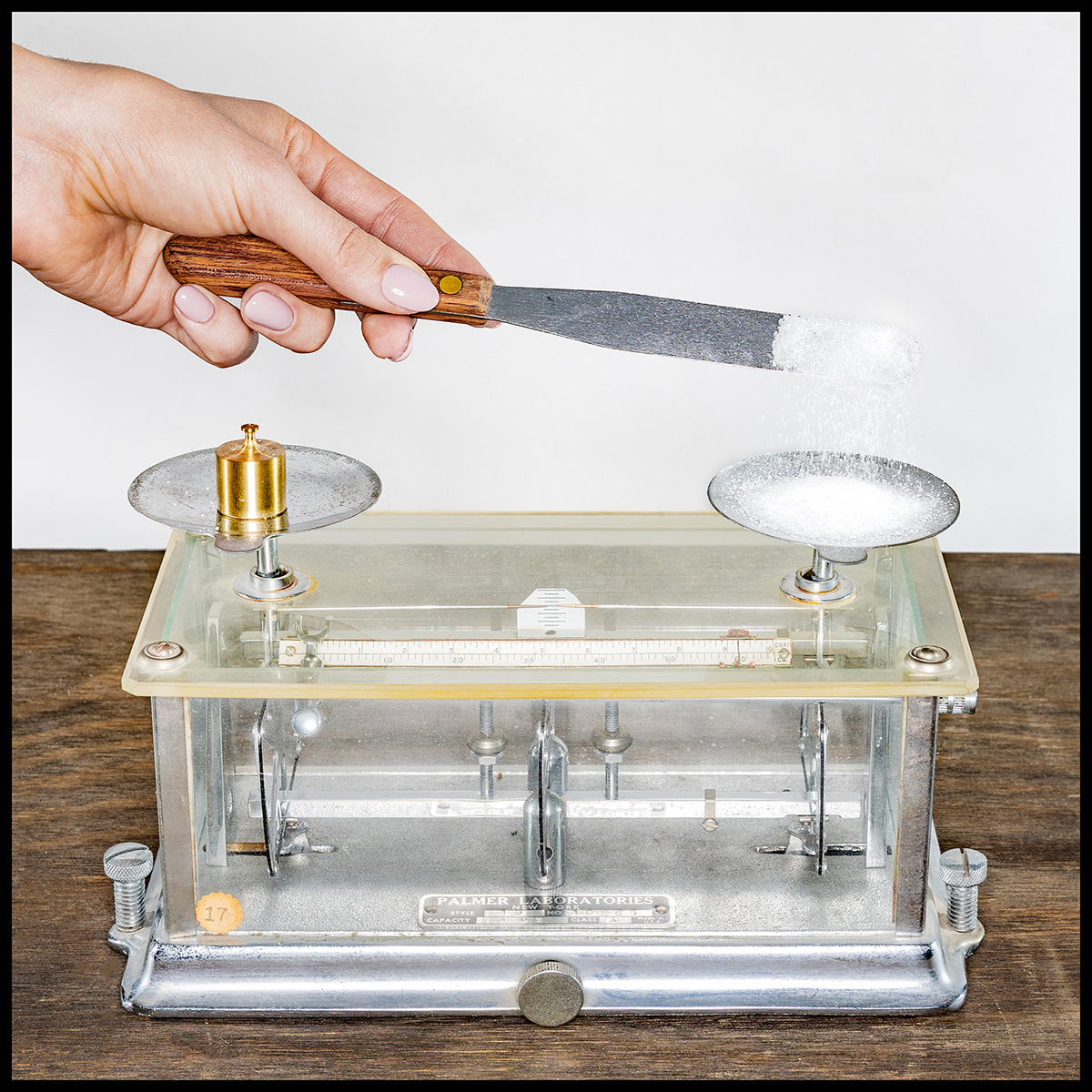
“With balances, you put a known weight on one side and then your powder on the other side until the balance is equal. Like everything else, balances have gone through an evolution and are now pretty much all electronic. There are still balances for huge things like 18-wheeler trucks, but most of these prescription balances were used by pharmacists to weigh ingredients from zero to a few hundred grams.
“However, the newer, self-calibrating electronic balances are no more accurate than the older versions, but they are easier to use and will let you weigh a smaller quantity of powder. The students don’t believe me, so I make them prove it.”
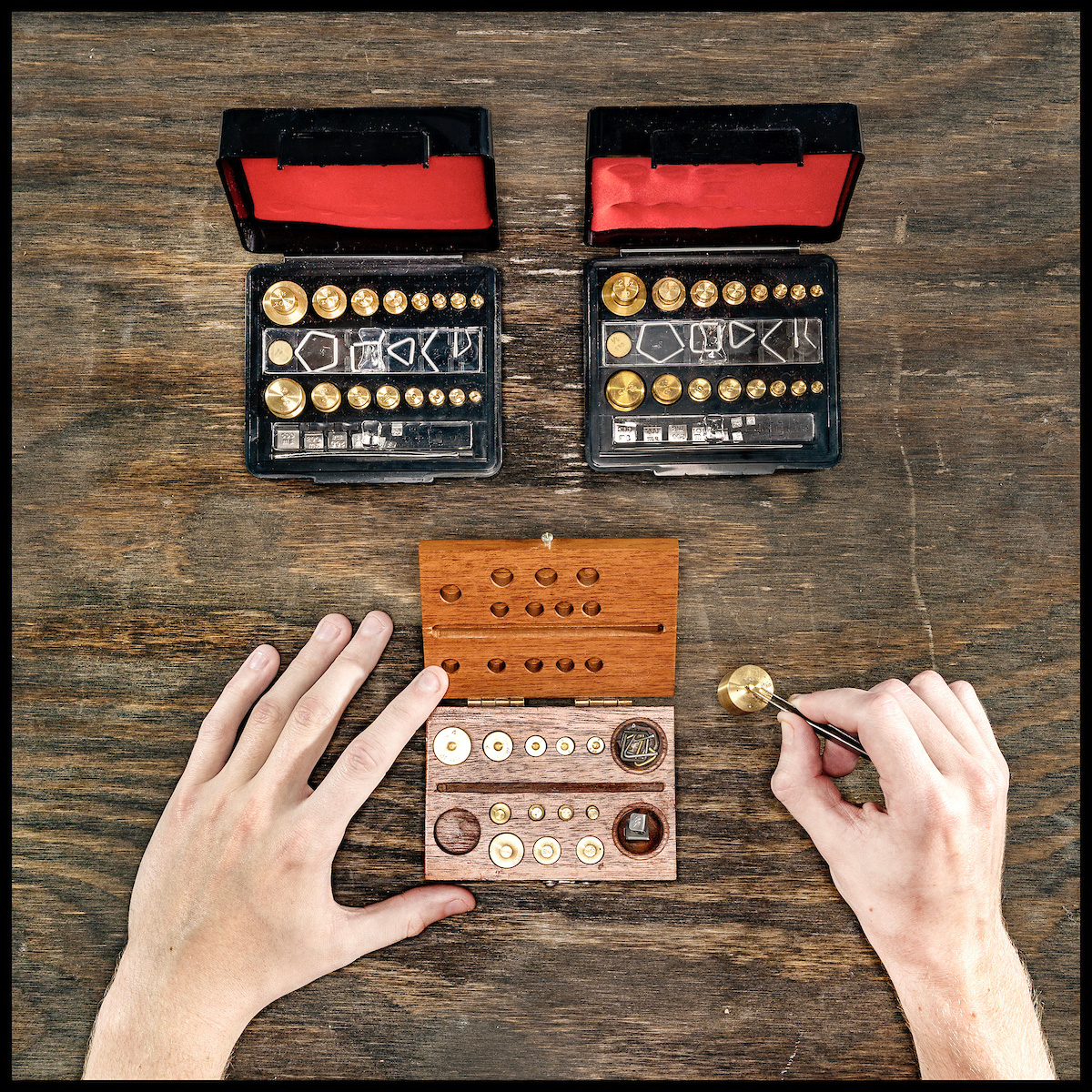
“There are many versions of weight sets in terms of carrying cases. Some are really fancy while others are just made of plastic. The actual weights generally go up to 100 grams in multiples such as 2, 5, 10 and 20 grams. These sets would also have smaller weights like 100mg, 50mg, etc. The older weight sets used the apothecary system but later evolved into the metric system. The older apothecary system was based on the grain, which was designated as 65 grams.
“The thin metal, geometric-shaped weights in the weight box sets correlate to the weight of a grain. The number of sides on each of those thin, metal weights would indicate the number of grains to the pharmacist doing the weighing. Whalebone forceps were used to manage and place the weights on a scale. With the advent of electronic balances, the weight system is all metric and built into the balance itself, so all you see now is a digital readout with no need for counterweights.”
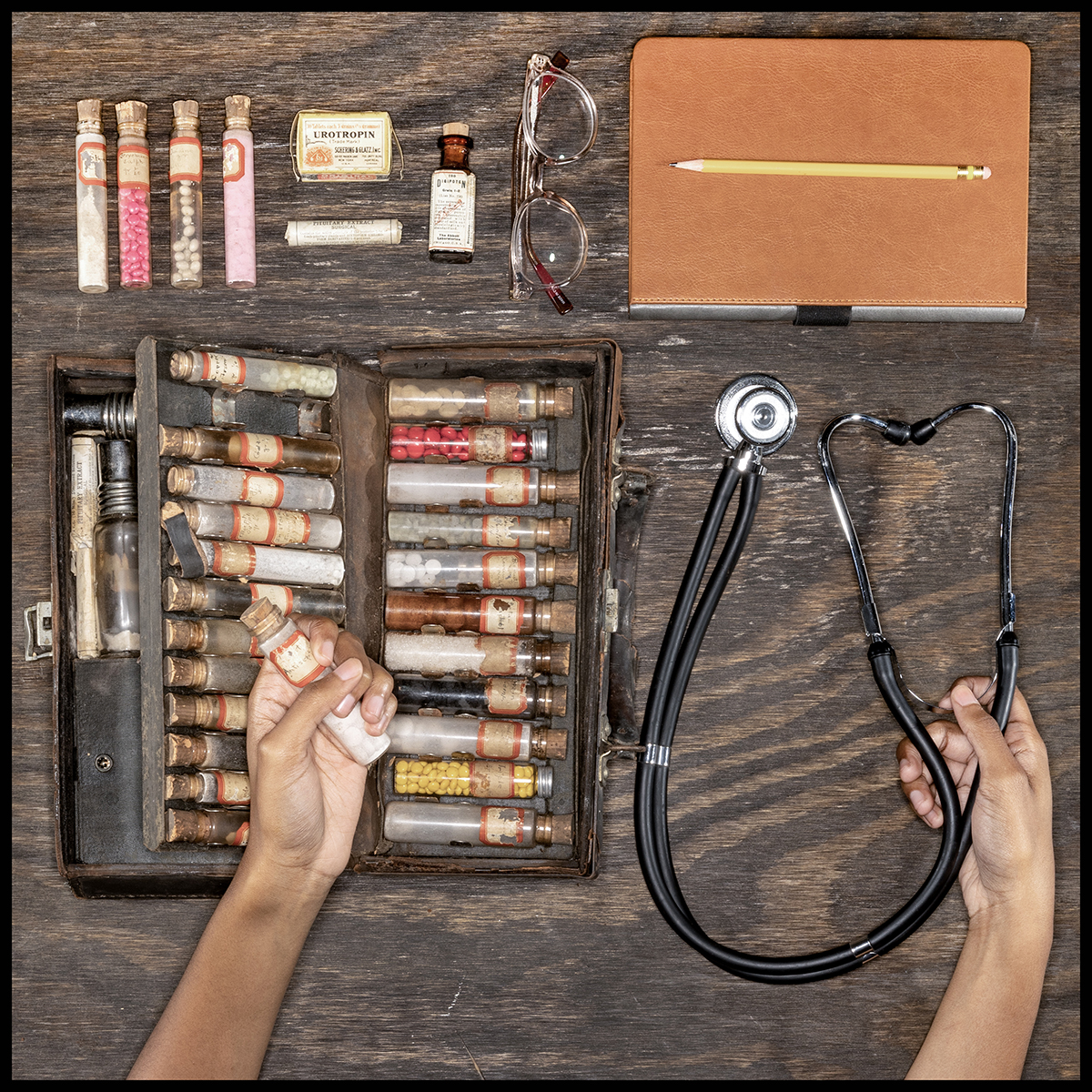
“The bag that doctors used for house calls might contain a stethoscope and a thermometer along with gauze and bandages. There might have been a syringe of some type that could be used to dose some of the drugs. When doctors would travel, they would take with them tablet triturates. These are just little tablets or powders that they would mix into water and give to the patient.
“Metal syringes and needles were boiled in water before use since sterility wasn’t very portable back then. It’s really hard to know if there was a ‘standard’ set of drugs in doctors’ bags since a lot of what they would carry would be determined by when the drug was discovered.”
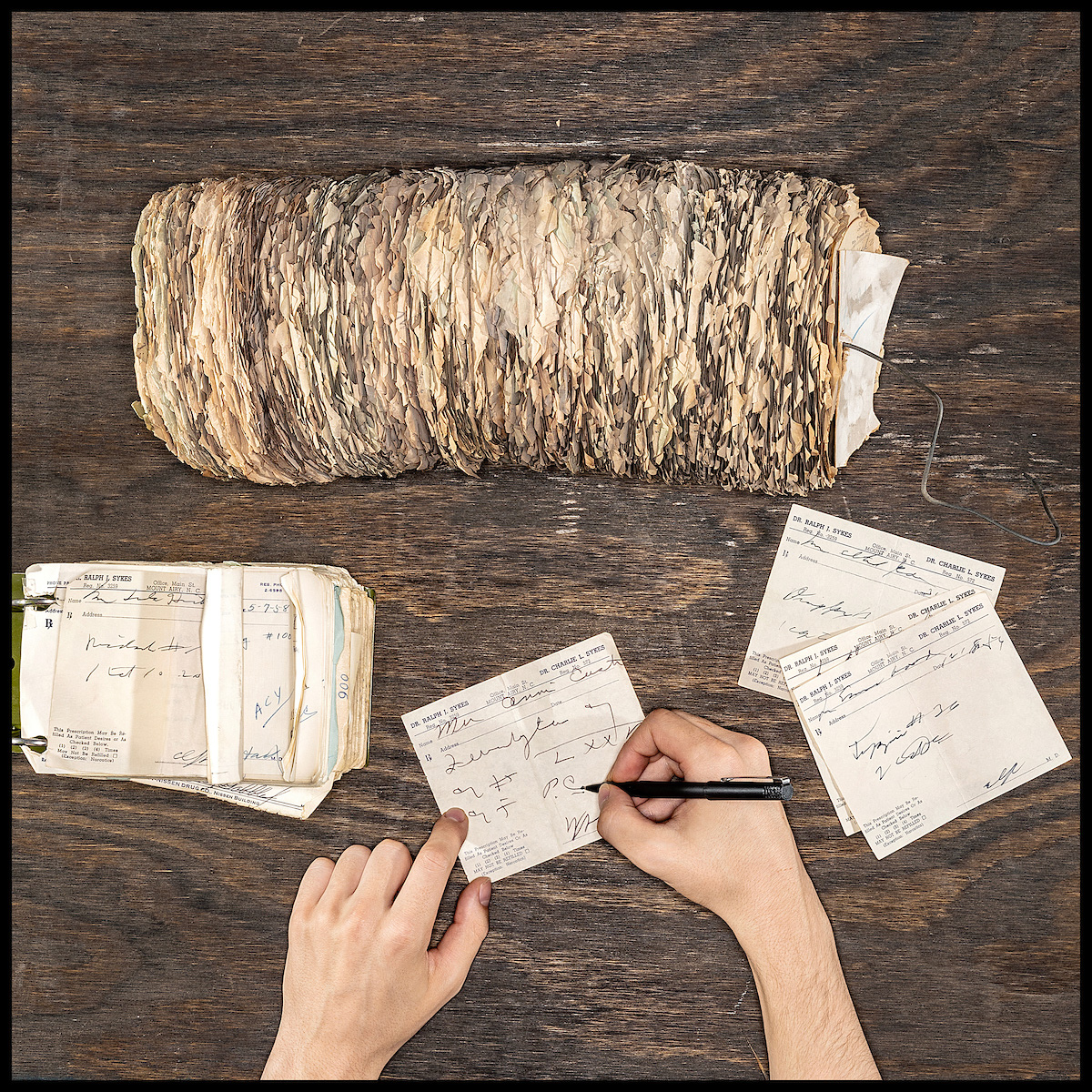
“The papers held together by wire are an early version — or someone’s special version — of a prescription filing system. This eventually developed into a box system with a double binder so that the prescription papers could flip over like a notebook to get to them easier. Every prescription had its own number so that they could go back to the older paperwork when necessary.
“By most state laws, you are required to keep the original prescription for several years so these were systems to file and maintain the prescriptions. As you can imagine, everything is electronic now, from the filing systems to prescription transmissions, but you are still required to keep and store all of this information where it can be easily retrieved.”
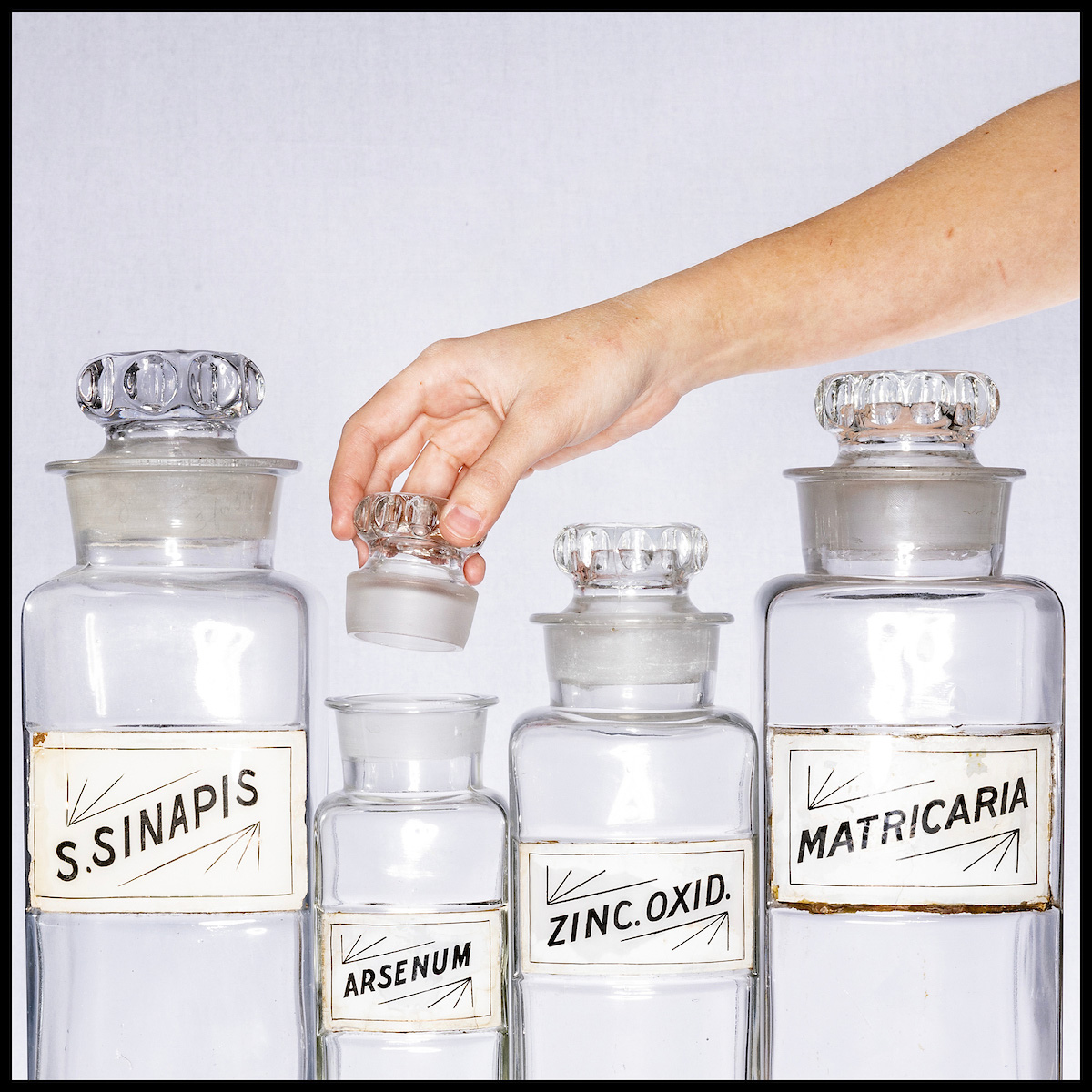
“People used to compound things instead of buying them commercially. You would have something like ginger, calamine, arsenic or some other ingredient and take these powders — or in some cases, liquids — and combine them together. The storage containers were clear so that you could see what was inside without having to open them up.
“Some of the containers might have powder in them, while others might be used for storing plant leaves if the pharmacist was going to make an ingredient by percolating the leaves with alcohol. If liquids were included, they were more for show than storage since liquids have almost always been kept in bottles with screw caps, and they were almost always amber in color.
“With manufactured products, companies gather a lot of data about a product’s stability in different closure systems, such as plastic or glass. That information is used by both the company and the U.S. Food and Drug Administration to determine an expiration date for the product.”


